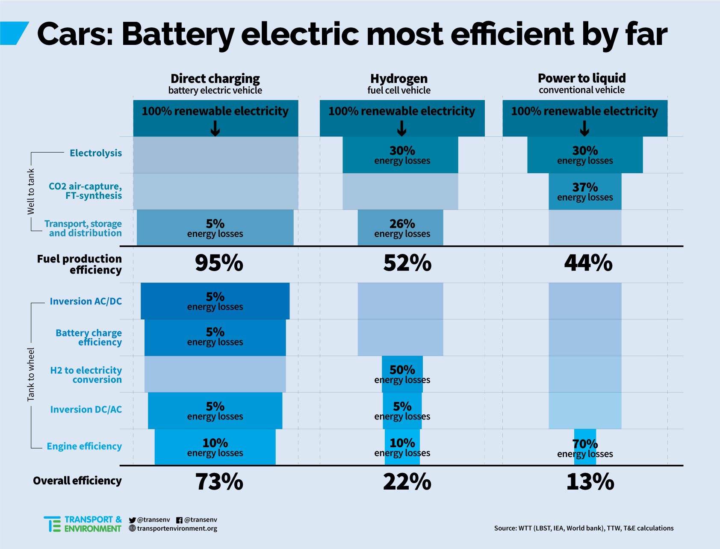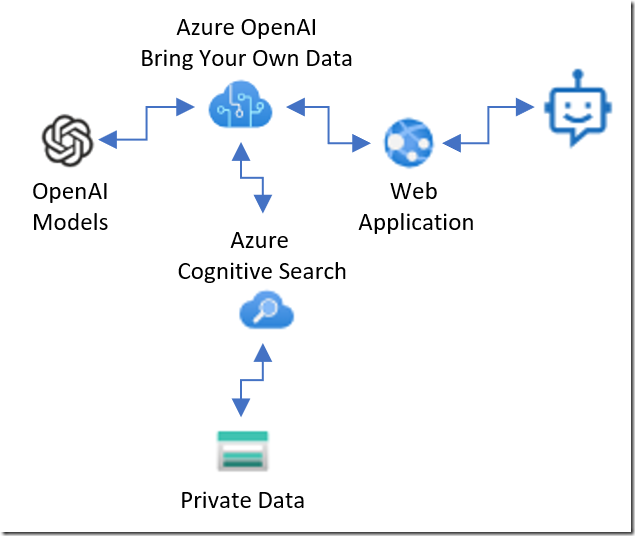Hydrogen Vs. Battery Buses: A European Transit Comparison

Table of Contents
Environmental Impact: A Comparative Analysis
The environmental impact of hydrogen and battery buses is a complex issue, encompassing greenhouse gas emissions and air pollution throughout their entire lifecycle.
Greenhouse Gas Emissions
Comparing the lifecycle emissions of both technologies reveals crucial differences. "Grey" hydrogen, produced from natural gas, carries a significant carbon footprint, while "green" hydrogen, produced using renewable energy, boasts zero tailpipe emissions. Battery production, on the other hand, requires substantial energy, resulting in significant upfront emissions. The operational emissions of battery buses are heavily dependent on the carbon intensity of the electricity grid used for charging.
- Green hydrogen offers potentially zero tailpipe emissions, making it a highly attractive option for reducing greenhouse gas emissions from public transport.
- Battery buses have lower emissions during operation but higher emissions during manufacturing. The overall carbon footprint depends significantly on the electricity source.
- The carbon footprint of electricity generation significantly impacts battery bus emissions. Regions with high renewable energy penetration will see lower emissions compared to regions reliant on fossil fuels.
Studies indicate that the CO2 emissions per passenger kilometer can vary significantly depending on the hydrogen production method and the electricity mix powering battery buses. Data from various research institutions needs to be considered for a comprehensive assessment. This requires a thorough Life Cycle Assessment (LCA) for each technology.
Air Pollution
Beyond greenhouse gases, air pollution is a critical concern in urban environments. Hydrogen buses, producing only water vapor as exhaust, offer significant advantages in terms of air quality. Battery buses, while emission-free at the tailpipe, contribute to particulate matter during battery production and potentially through brake and tire wear.
- Hydrogen buses produce only water vapor, resulting in dramatically improved air quality in cities.
- Battery buses have no tailpipe emissions but contribute to particulate matter during manufacturing. The impact of battery production and recycling needs to be factored in.
- Air quality benefits depend heavily on the electricity mix used to charge batteries. A grid heavily reliant on coal will negate many of the air quality benefits.
Compliance with stringent emission standards like Euro VI is crucial, and both technologies must meet these regulations to operate legally within the European Union.
Infrastructure Requirements and Costs
The deployment of both hydrogen and battery-electric bus fleets requires substantial infrastructure investments, differing significantly in scale and complexity.
Hydrogen Refueling Infrastructure
Establishing a hydrogen refueling network presents significant challenges. The high pressure required for hydrogen storage and dispensing necessitates specialized equipment and safety protocols. The current density of hydrogen refueling stations in Europe is significantly lower than that of electric charging stations.
- Hydrogen refueling stations are currently less prevalent than charging stations. This limits the widespread adoption of hydrogen buses.
- Higher initial investment costs are required for hydrogen infrastructure. This is a major barrier to entry.
- Technological advancements are driving down the costs of hydrogen production and storage. This creates potential for future cost reductions.
Government incentives and private sector investments are vital to accelerating the rollout of hydrogen refueling infrastructure across Europe.
Electric Charging Infrastructure
The existing electric charging infrastructure in Europe, while still developing, is far more mature than its hydrogen counterpart. Various charging technologies are available, ranging from slow overnight charging to fast opportunity charging during layover periods.
- Electric charging infrastructure is more mature and widely available. This provides an immediate advantage for battery-electric buses.
- Costs are decreasing with increasing market adoption. Economies of scale are driving down the cost of charging infrastructure.
- Challenges include grid capacity and electricity demand management. Integrating large fleets of electric buses requires careful grid planning.
Operational Performance and Economics
Operational performance and the total cost of ownership (TCO) are key factors influencing the choice between hydrogen and battery buses.
Range and Refueling/Charging Time
Hydrogen buses generally offer longer ranges than battery buses, reducing the frequency of refueling stops. Refueling time is also comparable to traditional diesel buses, minimizing operational downtime. Battery buses, on the other hand, require significantly longer charging times, potentially impacting operational flexibility and route planning.
- Hydrogen buses typically offer longer ranges. This is particularly beneficial for longer routes and less frequent service stops.
- Refueling time for hydrogen is comparable to diesel. This minimizes operational disruption.
- Battery buses require longer charging times, impacting operational flexibility. This necessitates careful route planning and potentially requires overnight charging.
Total Cost of Ownership (TCO)
The TCO of both technologies is influenced by various factors, including vehicle purchase price, fuel/electricity costs, maintenance, and infrastructure investments. Government subsidies and incentives play a crucial role in leveling the playing field.
- TCO varies significantly depending on factors like fuel prices and electricity costs. Fluctuations in energy prices impact both technologies differently.
- Government subsidies play a crucial role in making both technologies economically viable. Incentives can significantly reduce the initial investment cost and operational expenses.
- Long-term operational costs need to be carefully evaluated. Factors like maintenance and energy costs need careful consideration.
Conclusion
The choice between hydrogen and battery buses for European transit represents a complex interplay of environmental considerations, infrastructure limitations, and economic factors. While battery-electric buses currently benefit from a more mature infrastructure, hydrogen offers the potential for zero tailpipe emissions and longer ranges. The optimal solution may vary depending on specific urban contexts and the availability of renewable energy sources. Continued investment in both technologies, alongside supportive policies, is crucial for achieving a truly sustainable and efficient future for European public transport. Further research and development in both hydrogen vs. battery buses technologies are essential to achieving cost-effective and environmentally friendly public transport across Europe. Choose the technology that best suits your city’s specific needs and infrastructure capabilities – a thorough analysis of hydrogen vs. battery buses is vital for making informed decisions.

Featured Posts
-
 Omar Khan Addresses George Pickens Future Steelers Wide Receivers Potential
May 07, 2025
Omar Khan Addresses George Pickens Future Steelers Wide Receivers Potential
May 07, 2025 -
 Analyzing Chris Finchs Impact On The Minnesota Timberwolves Trajectory
May 07, 2025
Analyzing Chris Finchs Impact On The Minnesota Timberwolves Trajectory
May 07, 2025 -
 0 2
May 07, 2025
0 2
May 07, 2025 -
 Cavaliers Victory Over Bulls Propels Them To First Place In The East
May 07, 2025
Cavaliers Victory Over Bulls Propels Them To First Place In The East
May 07, 2025 -
 Land Your Dream Job 5 Essential Dos And Don Ts In Private Credit
May 07, 2025
Land Your Dream Job 5 Essential Dos And Don Ts In Private Credit
May 07, 2025
Latest Posts
-
 From Scatological Documents To Profound Podcasts The Power Of Ai Summarization
May 08, 2025
From Scatological Documents To Profound Podcasts The Power Of Ai Summarization
May 08, 2025 -
 Turning Poop Into Podcasts An Ai Powered Approach To Document Summarization
May 08, 2025
Turning Poop Into Podcasts An Ai Powered Approach To Document Summarization
May 08, 2025 -
 Revolutionizing Voice Assistant Creation Open Ais 2024 Breakthrough
May 08, 2025
Revolutionizing Voice Assistant Creation Open Ais 2024 Breakthrough
May 08, 2025 -
 16 Million Penalty For T Mobile Three Year Data Breach Investigation Concludes
May 08, 2025
16 Million Penalty For T Mobile Three Year Data Breach Investigation Concludes
May 08, 2025 -
 Navigating Tariffs Chinas Approach To Lower Rates And Bank Lending
May 08, 2025
Navigating Tariffs Chinas Approach To Lower Rates And Bank Lending
May 08, 2025
